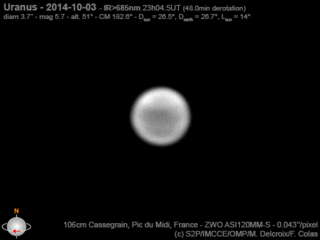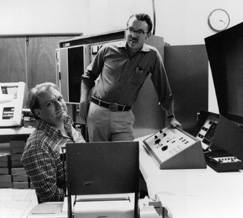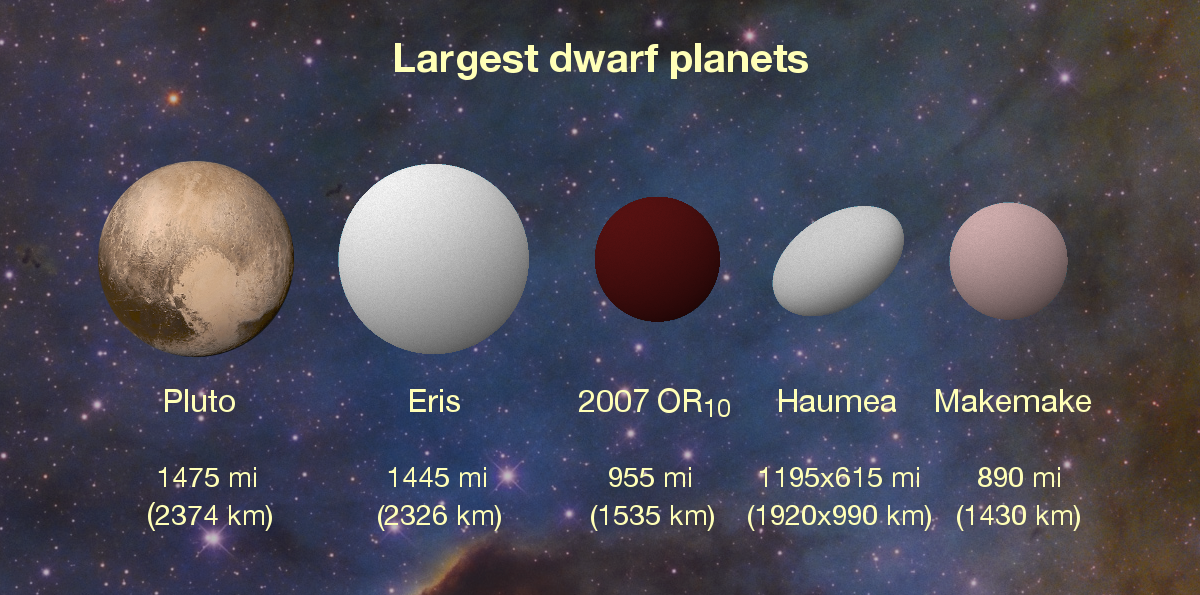Stories
Filters

Lab Work Digs Into Gullies Seen on Giant Asteroid Vesta by NASA’s Dawn
Known as flow formations, these channels could be etched on bodies that would seem inhospitable to liquid because they are exposed to the extreme vacuum conditions of space. Pocked with craters, the surfaces of many celestial bodies in our solar…

NASA’s New Horizons to Continue Exploring Outer Solar System
NASA has announced an updated plan to continue New Horizons’ mission of exploration of the outer solar system. Beginning in fiscal year 2025, New Horizons will focus on gathering unique heliophysics data, which can be readily obtained during an extended,…

All Eyes on the Ice Giants
NASA’s New Horizons spacecraft plans to observe Uranus and Neptune from its location far out in the outer solar system this fall, and the mission team is inviting the global amateur astronomy community to come along for the ride –…

45 Years Ago: Astronomers Discover Pluto’s Moon Charon
In 1978, astronomers considered Pluto as the solar system’s ninth planet. Its great distance from Earth—on average more than three billion miles—meant they knew little about it, including its exact size. On June 22, 1978, U.S. Naval Observatory astronomer James…

New Horizons Team Discusses Discoveries from the Kuiper Belt
New Horizons continues to shed light on the mysterious planets and smaller bodies of the outer solar system.

New Horizons Team Adds AI Smarts to Its Kuiper Belt Object Search
By early 1930, Lowell Observatory junior astronomer Clyde Tombaugh had spent months poring over hundreds of telescopic photo plates in the search for a single moving object – which would turn out to be Pluto, the ninth planet.

AAS Awards Laboratory Astrophysics Prize to NASA Goddard Scientist
The American Astronomical Society (AAS) has awarded the 2023 Laboratory Astrophysics Prize to Dr. Reggie Hudson of the Cosmic Ice Laboratory at NASA’s Goddard Flight Center in Greenbelt, Maryland. This prize was announced at the 241st annual meeting of the…

NASA Studies Origins of ‘Weird’ Solar System Object: Dwarf Planet Haumea
Using computer simulations, scientists based at NASA have pieced together the story of how the dwarf planet Haumea, found in the Kuiper Belt of icy worlds beyond the orbit of outermost planet Neptune, became one of the most unusual objects…

Update: NASA Extends Exploration for 8 Planetary Science Missions
Editor’s Note: On May 26, 2022 NASA’s New Horizons mission’s second extended mission proposal was approved for implementation. In the two-year extended mission, New Horizons will conduct multi-disciplinary observations contributing to important science for NASA’s Planetary Science, Heliophysics and Astrophysics…

10 ‘Super Bowls’ in Our Solar System
Here are 10 impressively super, bowl-shaped venues adorning worlds in our solar system, including a couple where we've actually made…touchdowns!
